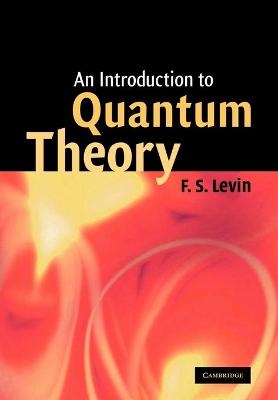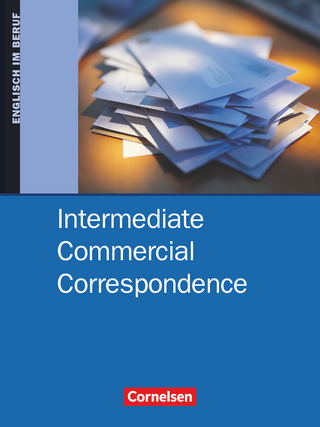
An Introduction to Quantum Theory
Cambridge University Press (Verlag)
978-0-521-59841-5 (ISBN)
Underpinning the axiomatic formulation of quantum theory presented in this undergraduate textbook is a review of early experiments, a comparison of classical and quantal terminology, a Schroedinger-equation treatment of the one-dimensional quantum box, and a survey of relevant mathematics. Among the many concepts comprehensively discussed are: operators; state vectors and wave functions; experimental observables; classical/quantal connections; and symmetry properties. The theory is applied to a wide variety of systems including the non-relativistic H-atom, external electromagnetic fields, and spin1/2. Collisions are described using wave packets. Various time-dependent and time-independent approximations are discussed; applications include electromagnetic transition rates and corrections to the H-atom energies. The final chapter deals with identical-particle symmetries and their application to the He atom, the Periodic Table and diatomic molecules. There are also brief treatments of advanced subjects such as gauge invariance and hidden variables.
F. S. Levin received his undergraduate degree from The Johns Hopkins University and his Ph.D. from University of Maryland. Following post-doctoral positions at Rice University, Brookhaven National Laboratory, and the United Kingdom Atomic Energy Author-ity, he accepted an appointment in the Physics Department at Brown University, where he remained for 31 years until his retirement in 1998.
Preface; Part I. Introductory: 1. The need for a non-classical description of microscopic phenomena; 2. Classical concepts and quantal inequivalencies; 3. Introducing quantum mechanics: a comparison of the classical stretched string and the quantal box; 4. Mathematical background; Part II. The Central Concepts: 5. The postulates of quantum mechanics; 6. Applications of the postulates: bound states in one dimension; 7. Applications of the postulates: continuum states in one dimension; 8. Quantal/classical connections; 9. Commuting operators, quantum numbers, symmetry properties; Part III. Systems with Few Degrees of Freedom: 10. Orbital angular momentum; 11. Two-particle systems, potential-well bound state problems; 12. Electromagnetic fields; 13. Intrinsic spin, two-state systems; 14. Generalized angular momentum and the coupling of angular momenta; 15. Three-dimensional continuum states/scattering; Part IV. Complex Systems: 16. Time-dependent approximation methods; 17. Time-independent approximation methods; 18. Many degrees of freedom: atoms and molecules; Appendix A. Elements of probability theory; Appendix B. Fourier series and integrals; Appendix C. Solution of Legendre's equation; Appendix D. Fundamental and derived quantities, conversion factors; References.
| Erscheint lt. Verlag | 3.12.2001 |
|---|---|
| Zusatzinfo | 20 Tables, unspecified; 163 Line drawings, unspecified |
| Verlagsort | Cambridge |
| Sprache | englisch |
| Maße | 170 x 244 mm |
| Gewicht | 1260 g |
| Themenwelt | Naturwissenschaften ► Physik / Astronomie ► Quantenphysik |
| ISBN-10 | 0-521-59841-9 / 0521598419 |
| ISBN-13 | 978-0-521-59841-5 / 9780521598415 |
| Zustand | Neuware |
| Informationen gemäß Produktsicherheitsverordnung (GPSR) | |
| Haben Sie eine Frage zum Produkt? |
aus dem Bereich


